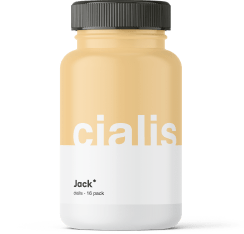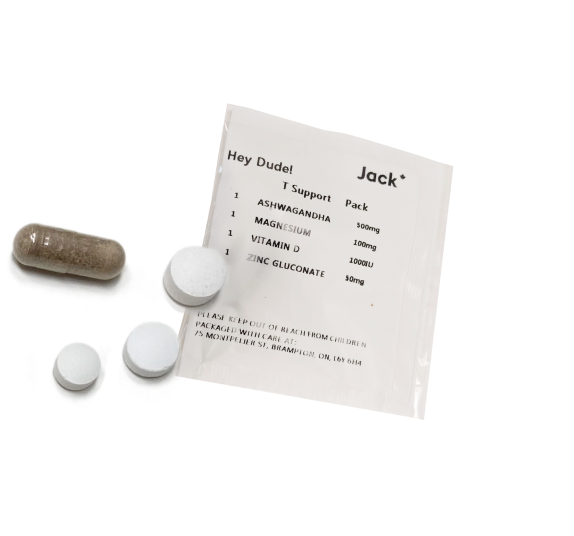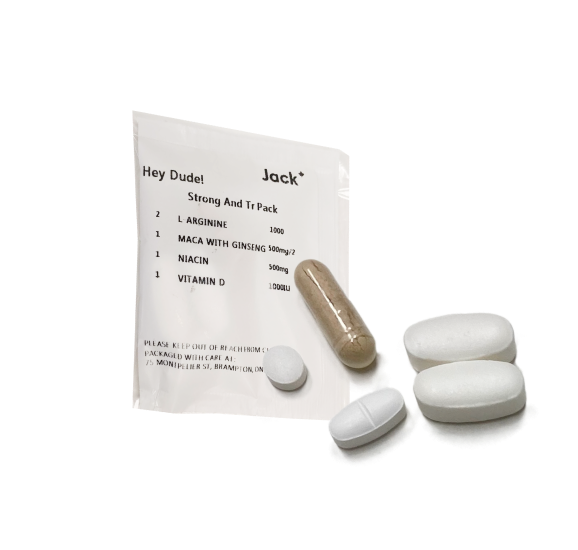Ozempic, a semaglutide-based prescription medication produced by Novo Nordisk, is a valuable tool for managing type 2 diabetes and weight. If you’ve recently been prescribed this medication, you might be wondering how to use the Ozempic Pen for self-administration. This guide will provide all the information you need.
What Is the Ozempic Pen?
The Ozempic Pen is a device used to administer Ozempic, a medication primarily prescribed for adults with type 2 diabetes. The active ingredient in Ozempic is semaglutide, also found in other brands like Wegovy and Rybelsus. Other medications for type 2 diabetes include Trulicity, Glimepiride, and Metformin, which contain different active ingredients.
Semaglutide is a glucagon-like peptide-1 (GLP-1) receptor agonist that mimics the action of natural GLP-1 hormones in the body, helping to regulate insulin and blood sugar levels and slow digestion. While Ozempic is primarily intended for those with type 2 diabetes, it also affects the brain’s hunger centers and slows gastric emptying, making it an effective tool for weight management.
The Ozempic Pen, similar to an EpiPen, contains a dosage meant to be self-administered over four weeks. The injections should be administered subcutaneously (under the skin into the fatty layer) once per week. Besides its benefits for type 2 diabetes patients and those seeking weight management assistance, Ozempic may also reduce the risk of major cardiovascular events like heart attack, stroke, heart disease, or death, as well as the risk of developing type 2 diabetes in high-risk individuals.
For more detailed information about the Ozempic Pen, you can visit this link
Indications and Limitations of Ozempic Use
Ozempic is intended for use alongside a healthy diet and exercise in individuals with type 2 diabetes or those with a BMI of 27 or over. Combining this with therapy support may be helpful, especially if you have an underlying negative relationship with food, depression, or anxiety. It’s crucial to remember that your mental health needs as much care as your physical health, particularly when making significant lifestyle changes.
Please note the following disclaimers:
– Ozempic is not approved for those with type 1 diabetes, children, or those without obesity (i.e., a BMI under 27).
– Your health insurance will only cover the cost of Ozempic if it has been prescribed for the treatment of type 2 diabetes, which may limit your access to the drug.
Important Safety Information for Ozempic
Ozempic has several negative drug interactions associated with it, which may cause vomiting or diarrhea and thus inhibit your absorption of Ozempic. Be sure to fully disclose to your medical team any prescription medications, supplements, or vitamins you may be currently taking before starting the drug.
If you are pregnant, breastfeeding, or planning to conceive, discuss this with your medical team, as your treatment plan may need to be delayed, discontinued, or otherwise adjusted.
Never share your Ozempic Pen with another person, even if you’ve changed the needle, as this may lead to infection.
Your Ozempic Pen should be stored in the refrigerator when unopened, between 36ºF–46ºF. After it’s been opened, you may keep it at room temperature (59ºF–86ºF) away from direct light or heat for 56 days, after which it should be disposed of in a sharps container, even if it still has Ozempic in it. Never freeze or use an Ozempic Pen that has been frozen.
All used Ozempic Pen needles should be disposed of in a sharps disposal container immediately after use.
Ozempic is a prescription medication — be sure to keep it and any other prescription drugs out of the reach of children or animals, and follow all safety and usage directions and instructions.
For more information about the safety of Ozempic, you can visit this link.
Do Not Use Ozempic If:
While Ozempic is generally considered safe, there are some considerations to keep in mind. Do not use Ozempic if you have:
– A personal or family history of pancreatitis
– Type 1 diabetes mellitus
– A personal or family history of medullary thyroid carcinoma (MTC)
– A personal or family history of Multiple Endocrine Neoplasia syndrome type 2 (MEN 2)
– A personal or family history of gallbladder disease
– Allergies to semaglutide or any of the ingredients in Ozempic
Understanding the Side Effects of the Ozempic Pen
While Ozempic is a highly effective drug, there are several reported common and rare side effects that you should be aware of before starting the medication. If you’re concerned about any of these, discuss the risks with your medical team, who will be able to provide more details.
What are the Possible Side Effects of Ozempic?
Rare but serious side effects of Ozempic may include:
– Risk of medullary thyroid carcinoma (MTC; thyroid cancer): Animal studies and trials, specifically on mice, who were given semaglutide developed thyroid tumors. It is unknown if the same complications would cause thyroid cancer in humans. However, if you develop hoarseness of the throat, sore spots, or lumps in your neck, discontinue your use of Ozempic immediately and contact your medical team.
– Pancreatitis (inflammation of the pancreas): Symptoms include severe pain in your abdomen (and up to your back) and vomiting.
– Changes in vision or issues with eyes (diabetic retinopathy)
– Hypoglycemia: Symptoms of hypoglycemia include dizziness, blurred vision, anxiety, irritability, sweating, slurred speech, hunger, confusion or drowsiness, shakiness, weakness, headache, fast heartbeat, and jittery feelings
– Kidney problems: Dehydration is a risk for people with kidney problems, especially if you have diarrhea, nausea, or vomiting.
– Gallbladder problems: Gallbladder issues may present as fever, jaundice (yellowing of the eyes and skin), pain in the upper abdomen, gallstones, or clay-colored stools.
– Allergic reactions: If you suffer from an allergic reaction after administering your Ozempic dose, you may experience swelling of the face, lips, tongue, throat, or hands, shortness of breath, or develop redness, itching, a rash, or hives around the injection site.
If you develop any signs or symptoms of the above serious side effects during your Ozempic treatment, discontinue your use immediately and contact your medical team, or contact your local emergency services.
What are the Most Common Side Effects of Ozempic?
Commonly reported side effects may include:
– Nausea and headache
– Vomiting
– Diarrhea
– Stomach pain
– Constipation
In most cases, these symptoms dissipate with use. Talk to your medical team or Nurse Practitioner if you have any concerns about your side effects.
How to Manage the Most Common Side Effects of Ozempic
If you are experiencing the above common side effects when using Ozempic, here are some advice and tips that may help:
– Eat bland, low-fat foods: This includes toast, crackers, and rice.
– Eat high-water content foods: This includes gelatin and soup.
– Avoid high-fat or high-sugar foods: Fried, greasy, or sweet foods may all make you feel more nauseous.
– Avoid lying down after eating
– Eat smaller meals, more slowly
– Drink ice-cold or clear drinks
– Head outside and get some fresh air.
Mastering the Usage of the Ozempic Pen
Using your Ozempic Pen is designed to be simple and straightforward so that any Ozempic patient may self-administer their dosage.
If you’re unsure or have any trouble self-administering, be sure to talk to your medical team, Nurse Practitioner, or pharmacist, as they may be able to give you further instruction.
Novo Nordisk, the manufacturer of Ozempic Pens, also has a handy video on their website demonstrating how to use pens containing Ozempic.
How to Use an Ozempic Pen: Administration and Dosage
There are three types of Ozempic Pen available:
– The red label: This delivers 0.25 mg and 0.5 mg doses, containing a total of 2 mg
– The blue label: This delivers 1 mg doses, containing a total of 4 mg
– The yellow label: This delivers 2 mg doses, containing a total of 8 mg
Your medical team will come up with a treatment plan for administration of the drug, which includes your dosage, as this may vary from person to person.
However, in general, you’ll begin on 0.25 mg, increasing to 0.5 mg in week 4. This will then be your maintenance dosage, which you will remain on for the duration of treatment.
If you require further management of your blood sugar levels, your dose may be increased to 1 mg or 2 mg. This is the maximum dosing available.
Administering your Ozempic Pen only takes a few easy steps:
– Wash your hands thoroughly with hands and soap before beginning
– Check the Ozempic label on your pen, that the liquid in your pen is clear and colorless (i.e., free from discoloration or particles), and that it is not expired
– Remove the paper tab on a fresh needle, push and turn it onto the pen until tight, and remove both needle caps
– Turn the dose pointer until the dose counter shows the flow check symbol, then press and hold the dose button until the dose counter shows zero and a drop appears in the needle tip
– Set your dose selector on the dose counter (0.25 mg, 0.5 mg, 1 mg, or 2 mg)
– Use an alcohol swab or cotton ball soaked in alcohol to disinfect your injection area, then insert the needle into the skin, pressing and holding down the dose button. Watch for the dose counter to reach zero indicating it is empty, and slowly count to six, before removing the needle
– Remove the used needle and dispose of it in a sharps container, then replace the pen cap.
Be sure to read the package insert that comes with your Ozempic Pen.
Where Is the Optimal Injection Site for Ozempic?
Your Ozempic should be administered subcutaneously (i.e., into the fatty layer beneath the skin), avoiding muscle or blood veins. Optimal injection sites include:
– The front of the thighs
– The front of the abdomen
– Your upper arms
You should rotate the injection site each time you inject your Ozempic Pen to prevent soreness and bruising.
What Happens if I Miss my Dose of Ozempic?
Ozempic is best taken at the same times weekly — both day of the week and time of day.
However, if you miss your dose of Ozempic, as long as you’re within five days of your missed dose, you may still take it. If you have already passed five days, skip your dose, and inform your medical team, as you may need to adjust your Ozempic timetable.
Doubling your dose may lead to a risk of hypoglycemia. If you overdose on your Ozempic, contact your medical team immediately, or go to your local ER.
For a detailed guide on how to use the Ozempic Pen, you can visit this link.
Key Takeaways
– Ozempic is a prescription medication used to manage type 2 diabetes and weight.
– The medication is administered using an Ozempic Pen, which delivers a dosage meant to be self-administered over four weeks.
– Ozempic should be used alongside a healthy diet and exercise.
– It’s important to discuss any other medications or supplements you’re taking with your medical team before starting Ozempic.
– The medication has several potential side effects, both common and rare. If you experience any serious side effects, contact your medical team immediately.
– The Ozempic Pen should be stored in the refrigerator when unopened and at room temperature once opened.
– The medication should be administered subcutaneously, with the injection site rotated each time.
– If you miss a dose of Ozempic, you can still take it within five days of the missed dose. If more than five days have passed, skip the dose and inform your medical team.
Frequently Asked Questions
What is the Ozempic Pen?
The Ozempic Pen is a device used to administer Ozempic, a medication primarily prescribed for adults with type 2 diabetes.
How do I use the Ozempic Pen?
The Ozempic Pen is designed to be simple and straightforward to use. If you’re unsure or have any trouble self-administering, be sure to talk to your medical team, Nurse Practitioner, or pharmacist.
What are the potential side effects of Ozempic?
Ozempic has several potential side effects, both common and rare. Common side effects include nausea, headache, vomiting, diarrhea, stomach pain, and constipation. Rare but serious side effects may include risk of thyroid cancer, pancreatitis, changes in vision, hypoglycemia, kidney problems, gallbladder problems, and allergic reactions.
What should I do if I miss a dose of Ozempic?
If you miss a dose of Ozempic, you can still take it within five days of the missed dose. If more than five days have passed, skip the dose and inform your medical team.
Where should I inject Ozempic?
Ozempic should be administered subcutaneously, with optimal injection sites including the front of the thighs, the front of the abdomen, and your upper arms. You should rotate the injection site each time you inject your Ozempic Pen to prevent soreness and bruising.









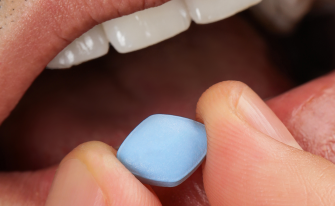




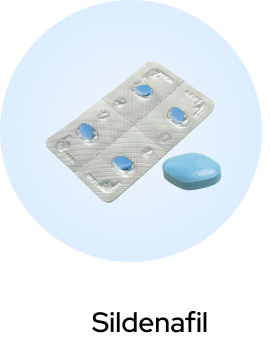
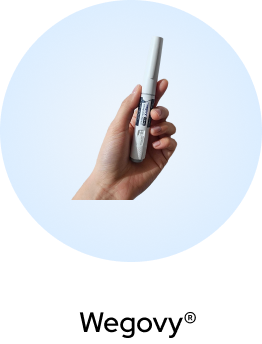
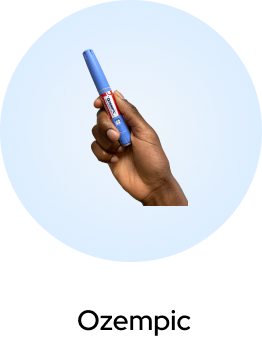


 (US)
(US)